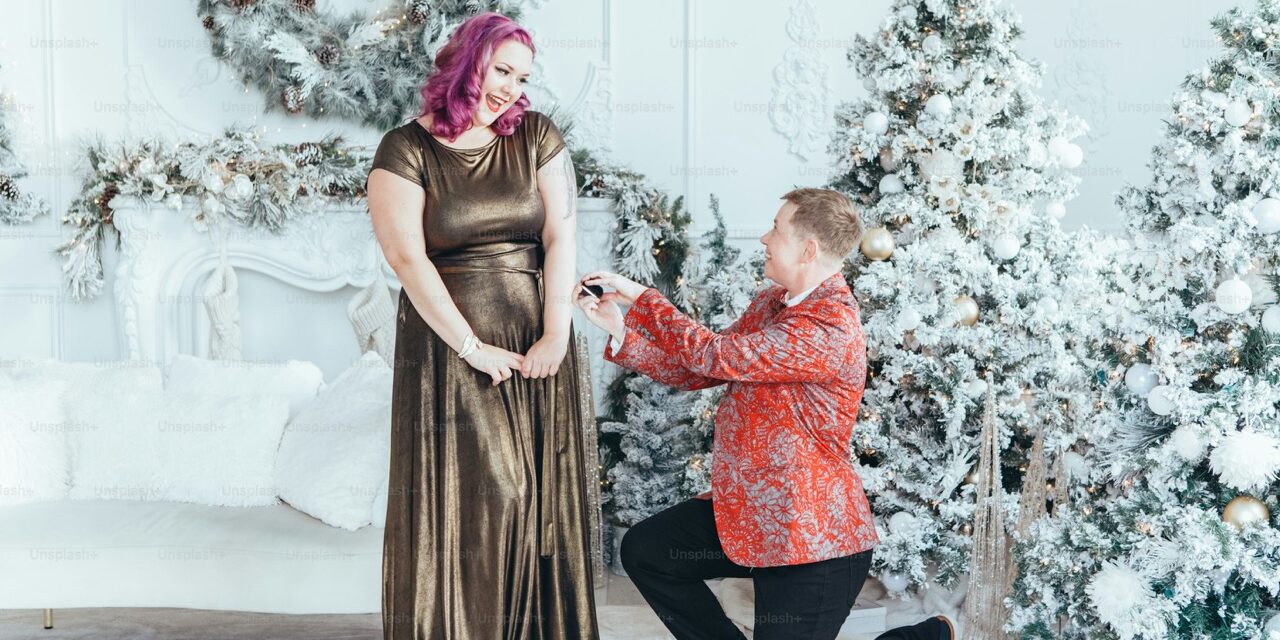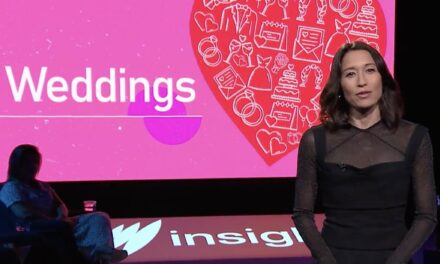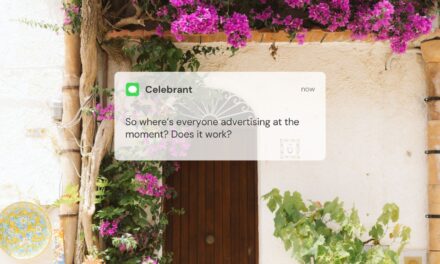The best marketing in the world meets the target market where they’re at. Whether that’s in placement, or in creative.
Have you ever considered where people are “at” when they get engaged? And more importantly, have you considered how the at changes over time?
I’m reminded of the first radio station I had work at, 4CRM in Mackay. When I started there in 2002 their brand was “107.5 FM Stereo” forty years after stereo FM radio was formalised and 20 years after it was popularised. They were wasting brand equity on a term everyone expected. Like a hotel I stayed at recently that offered free Foxtel, but I didn’t even turn on the TV.
Many businesses don’t accurately know where their customers are at. If a radio station wanted to win me over today it wouldn’t be playing music, in stereo or not, and if a hotel wanted to win me over they’d boast of their pillows, beds, and bedside USB-C charging.
Do you and I know where are customers are at today? Where are our wedding clients of tomorrow and how can we best position ourselves and our message to reach them effectively?
Physically
Consider the literal, physical spaces your couples frequent. Is there outdoor advertising you could engage in via something like Cassie
Are they attending wedding expos, local bridal boutiques, or elopement destinations?
Meet them in the spaces they naturally gravitate towards, whether through in-person engagement or targeted advertising.
For example, collaborating with venues, popular tourist destinations for elopements, or wedding fairs can help you be present where they’re physically planning and experiencing wedding-related activities.
Geographically
Are they at home, or maybe they got engaged on holidays? Why do you think the post-winter and the post-Christmas enquiry seasons exist?
Couples in certain regions will have different needs and desires for their weddings.
For instance, those in city areas may want more modern, chic weddings, while couples in rural or coastal areas may prefer something laid-back or nature-driven.
Understand the geographical wedding trends in your area and how they might change over time.
Tap into local culture and aesthetics to craft a service that feels tailor-made for your region.
Internationally or destination-focused celebrants must consider time zones and local laws when planning their outreach.
Emotionally
Emotionally, newly engaged couples are often overwhelmed with excitement, but also anxiety.
Are you addressing their fears—budget, logistics, family dynamics—or just feeding into their Pinterest-fueled fantasies?
The best marketing connects emotionally, assuring couples that you’ve got their back and understand the gravity of their big day.
Reassuring them that you’re a problem-solver and an expert in navigating this emotional rollercoaster helps build trust.
Storytelling and testimonials can work wonders in this space, making the emotional connection more personal.
Financially
Weddings can be one of the biggest financial commitments people make outside of buying a house, particularly this early in their relationship.
Where is your target audience financially? Are they young professionals balancing student loans with wedding budgets, or are they older couples investing heavily in their dream event?
Align your pricing and payment structures with where your clients are financially.
Offer value packages or transparent pricing to take the financial sting out of the equation, which in turn makes them feel empowered and secure in choosing you.
Online
Where are they spending their time online? Instagram? Pinterest? Are they Googling wedding photographers or watching YouTube for wedding inspiration?
Your online presence needs to meet them where they hang out digitally. Be active on the platforms that matter to them and provide valuable, SEO-optimised content.
Create blog posts, guides, or Q&A videos that answer their burning questions—like navigating legalities or how to write personal vows.
Relationally
Understanding where couples are relationally can guide how you market yourself.
Some couples are in the early, dreamy stages of engagement, while others are managing family tensions, blending families, or even considering a small, intimate wedding after several years together.
Recognise the different types of relationships and market accordingly. For instance, you might share content that speaks to how your services cater to both elopements and larger traditional weddings, or you could offer resources on how to incorporate blended family rituals into a ceremony.
It’s highly likely they aren’t even thinking of celebrants, or if they are, there’s a one in a billion chance they’re thinking of you or me. It’s our job to market ourselves to them, to meet them where they’re at.
A personal problem I’ve had to face this year is a personal internal attitude that had crept up through Covid. I’d accidentally, unintentionally, and silently developed an unhealthy attitude of entitlement. I’ve been doing this long enough, surely I don’t have to dance on TikTok to get a wedding booking do I?
And although I might not need to dance on TikTok to get an enquiry, I deserve that next wedding enquiry no more (and no less) than the celebrant that was appointed this last week.
No-one owes me an enquiry, a reply, or a wedding booking. If I work hard enough for it my hopes and prayers are that they’d arrive, but me being entitled doesn’t help at all.







Recent Comments